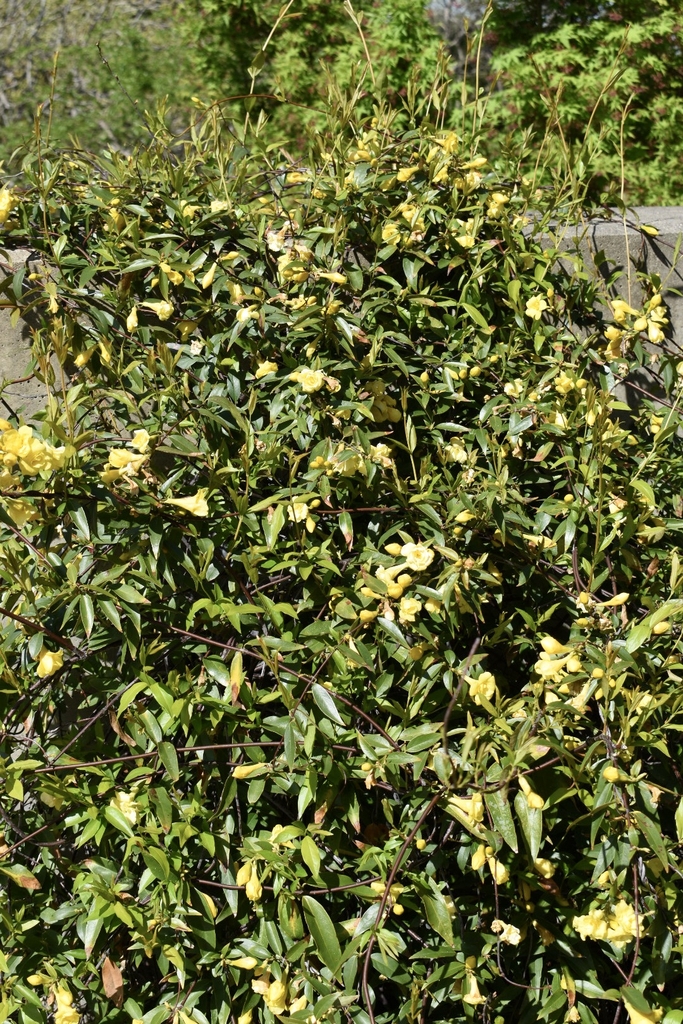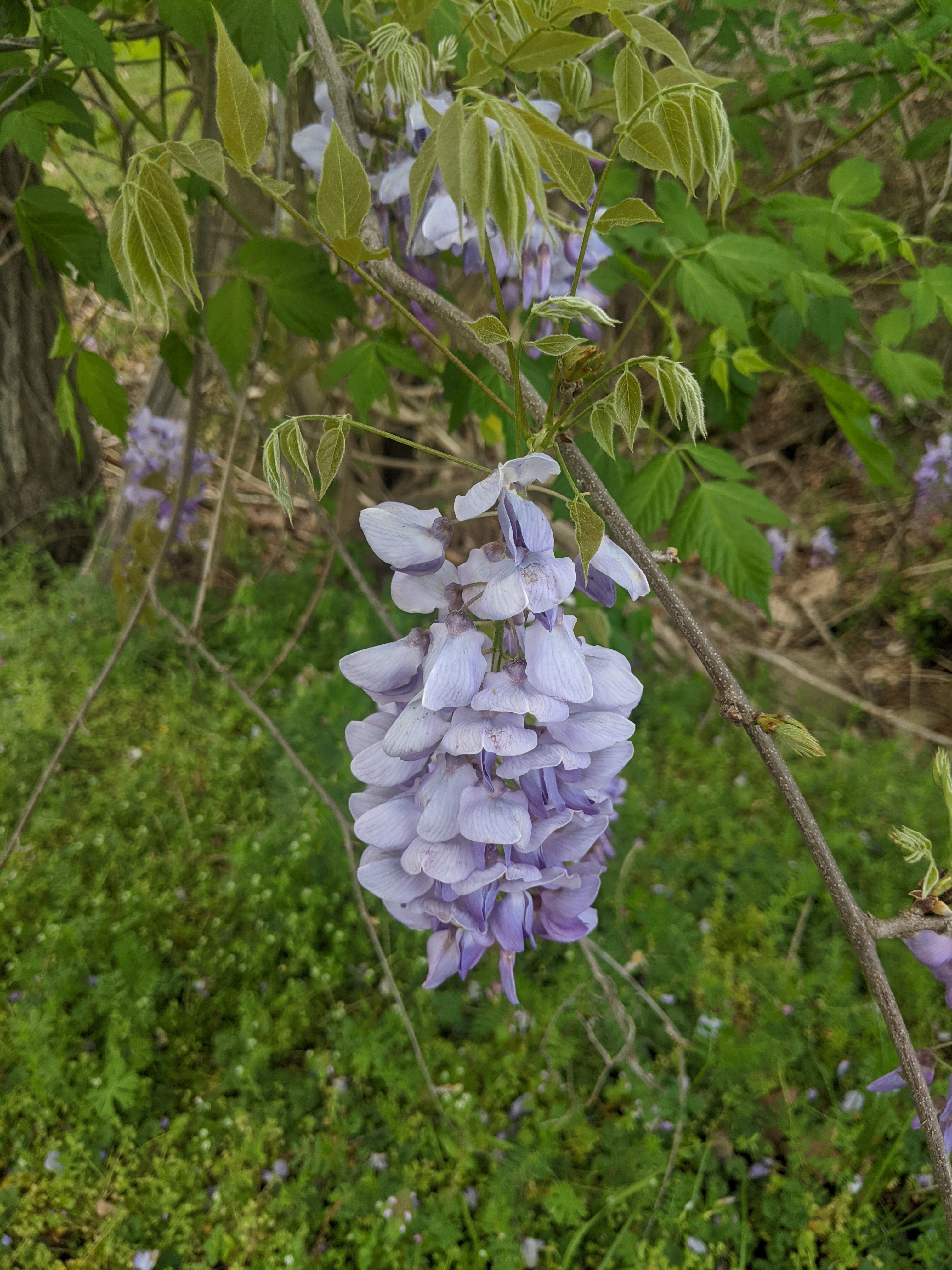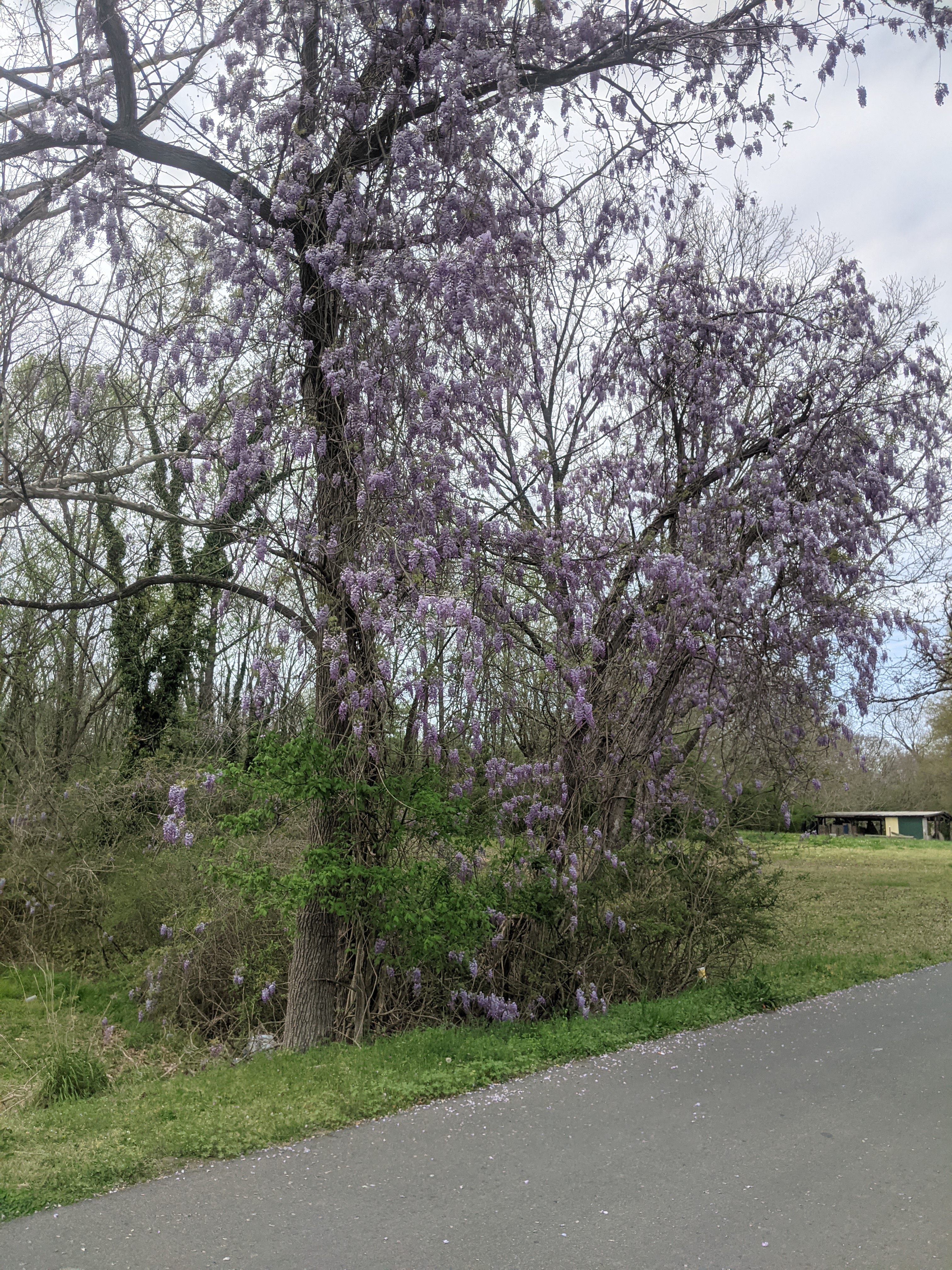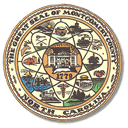Flora Fridays – April 19, 2024
go.ncsu.edu/readext?999656
en Español / em Português
El inglés es el idioma de control de esta página. En la medida en que haya algún conflicto entre la traducción al inglés y la traducción, el inglés prevalece.
Al hacer clic en el enlace de traducción se activa un servicio de traducción gratuito para convertir la página al español. Al igual que con cualquier traducción por Internet, la conversión no es sensible al contexto y puede que no traduzca el texto en su significado original. NC State Extension no garantiza la exactitud del texto traducido. Por favor, tenga en cuenta que algunas aplicaciones y/o servicios pueden no funcionar como se espera cuando se traducen.
Português
Inglês é o idioma de controle desta página. Na medida que haja algum conflito entre o texto original em Inglês e a tradução, o Inglês prevalece.
Ao clicar no link de tradução, um serviço gratuito de tradução será ativado para converter a página para o Português. Como em qualquer tradução pela internet, a conversão não é sensivel ao contexto e pode não ocorrer a tradução para o significado orginal. O serviço de Extensão da Carolina do Norte (NC State Extension) não garante a exatidão do texto traduzido. Por favor, observe que algumas funções ou serviços podem não funcionar como esperado após a tradução.
English
English is the controlling language of this page. To the extent there is any conflict between the English text and the translation, English controls.
Clicking on the translation link activates a free translation service to convert the page to Spanish. As with any Internet translation, the conversion is not context-sensitive and may not translate the text to its original meaning. NC State Extension does not guarantee the accuracy of the translated text. Please note that some applications and/or services may not function as expected when translated.
Collapse ▲April Gardenside Chat
Happy Friday, folks! In this edition of Flora Fridays we discuss local markets, and the concepts of native and invasive plants. Did you know that even though a plant may look stunning, it can be detrimental to the environment? Many non-native plant species were planted with good intentions, but over time we have learned that some can escape gardens and choke out natural environments. Native plants can be just as beautiful as non-natives, as we show below. By investigating these historical species and planting them in your garden, you are doing nature a favor.
First item of discussion – the Troy farmers market is back! Visit from 7 a.m. – 1 p.m. on Thursdays at the town amphitheater lot. Vendors will be offering a variety of fresh produce, home goods, crafts, and more. By purchasing from the market, you are supporting your local growers – possibly your neighbors – and receiving fresh quality products. The Biscoe market returns in May.
What is a native plant? This is a heated question with many answers, many are based on the history of a certain area. In general, native plants are plants that occurred in an area prior to the arrival of European pioneers who oppressed and dispersed Native peoples. From a scientific perspective, that “area” is related to site geology and ecology which persist today. Native plants are those plants which existed long ago and remain resilient to this day, and have been a part of the local landscape for generations. As part of the natural framework, they have deep relationships with their wild surroundings from insects to fungi and animals. For example, Carolina or yellow jessamine is an evergreen climbing vine native to North America. It flowers profusely in early spring and late fall, providing nectar to pollinators when forage sources are limited. When in bloom, you may observe several visitors such as solitary bees, hummingbirds, butterflies, and beetles. Yellow jessamine (Gelsemium sempervirens) has been determined to be historically present across North America.

Yellow jessamine leaves and vine habit. Photo by Cathy DeWitt, CC by 4.0.
Non-native plants, by contrast, often originate from locations thousands of miles away. In the case of North America, many non-native species were brought from Europe by pioneers and botanists. Many have beautiful leaves or flowers, which are some reasons people chose to introduce them from afar. Non-native plants become an issue to the local environment when they outcompete plants that were here first – the native plants. This term, invasive, is often used to describe any plant which reproduces or spreads quickly. Think about the non-natives English ivy, kudzu, Asian bamboo, or Japanese stiltgrass. All of these were brought from across the oceans for gardens, but years later they can be seen growing over forests, roadsides, and in some cases houses. Such examples choke out local ecology and are difficult to get rid of. Modern plant breeders are attempting to counter these negative environmental impacts by creating non-native species which are sterile or dwarfed, so that they can be safely planted and grow in place rather than spread. Asian wisteria (Wisteria sinensis and Wisteria floribunda) are examples of non-native invasive plants presenting challenges in the landscape. While the fast growing woody vine is beautiful, and pollinators certainly feed from its flowers, it can quickly take over forested areas if left unmanaged. This characteristic shades and chokes out many plants native and otherwise. American wisteria (Wisteria frutescens) is a better choice for gardeners, is native to this area, and grows much slower.

Flowers on Asian wisteria. While there are no doubts this plant benefits pollinators, its environmental costs are greater and it should not be planted.

Asian wisteria can quickly take over a natural environment, shading out and outcompeting native species. This can damage local ecology.
We hope you have enjoyed this edition of Flora Fridays! Please consider leaving feedback in the box below. At Extension, we are here to listen to and address your needs.
Check out past Flora Fridays at https://montgomery.ces.ncsu.edu/florafridays/.





